Archives
- 2025-12
- 2025-11
- 2025-10
- 2025-09
- 2025-03
- 2025-02
- 2025-01
- 2024-12
- 2024-11
- 2024-10
- 2024-09
- 2024-08
- 2024-07
- 2024-06
- 2024-05
- 2024-04
- 2024-03
- 2024-02
- 2024-01
- 2023-12
- 2023-11
- 2023-10
- 2023-09
- 2023-08
- 2023-06
- 2023-05
- 2023-04
- 2023-03
- 2023-02
- 2023-01
- 2022-12
- 2022-11
- 2022-10
- 2022-09
- 2022-08
- 2022-07
- 2022-06
- 2022-05
- 2022-04
- 2022-03
- 2022-02
- 2022-01
- 2021-12
- 2021-11
- 2021-10
- 2021-09
- 2021-08
- 2021-07
- 2021-06
- 2021-05
- 2021-04
- 2021-03
- 2021-02
- 2021-01
- 2020-12
- 2020-11
- 2020-10
- 2020-09
- 2020-08
- 2020-07
- 2020-06
- 2020-05
- 2020-04
- 2020-03
- 2020-02
- 2020-01
- 2019-12
- 2019-11
- 2019-10
- 2019-09
- 2019-08
- 2019-07
- 2019-06
- 2019-05
- 2019-04
- 2018-11
- 2018-10
- 2018-07
-
br Results and discussion The
2024-08-16

Results and discussion The morphology and structure of mdm2 inhibitor samples were observed using an SEM, as shown in Fig. 1. The length and thickness of the actin filaments were regulated with ABPs to mimic the various actins observed in cells. We prepared three types of F-actin with or without
-
During years research efforts at Los Alamos National Laborat
2024-08-16
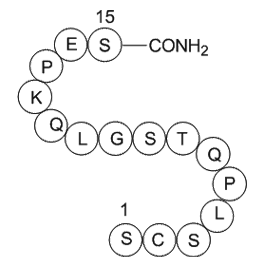
During 2002–2004years research efforts at Los Alamos National Laboratory (LANL) focused on constructing a quantum computer based on regular arrays build from neutral radical molecules possessing one single unpaired Schaftoside sale spin. The idea was built on the ability to manipulate individual el
-
Numerous studies have reported high glutamate levels in
2024-08-16
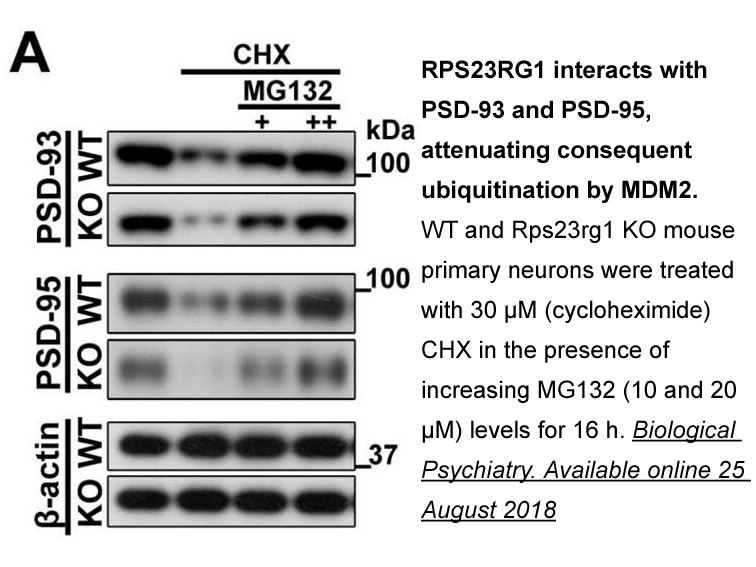
Numerous studies have reported high glutamate levels in the brains of patients with depression, indicating that the glutamate system plays a crucial role in depression (Sanacora et al., 2004; Kendell et al., 2005; Hashimoto et al., 2007). Furthermore, several clinically effective antidepressant drug
-
mercedes g250 A rational approach for the design of new ster
2024-08-16
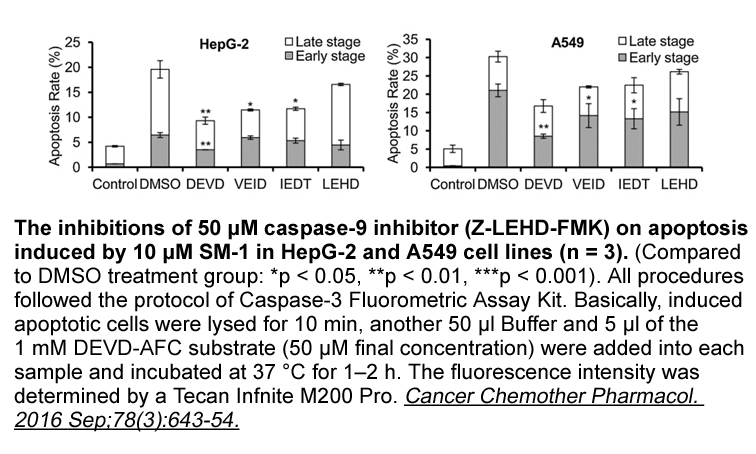
A rational approach for the design of new steroid compounds as possible competitive inhibitors of CYP17 include chemical modification at C17 of the enzyme's natural substrates, pregnenolone (1) and progesterone (2), introducing groups with moderate to strong dipole properties at C20, such as oxime a
-
Pyrimidine is the important pharmacology core in
2024-08-15
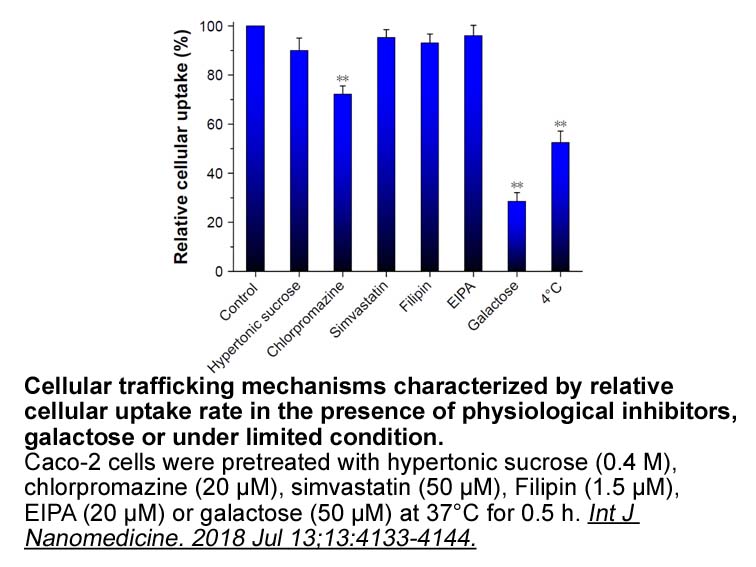
Pyrimidine is the important pharmacology core in many Aurora inhibitors, such as VX-680, ENMD-2076, CYC-116 and ENMD-2076 [12]. To identify additional effective Aurora inhibitors, we designed a series of 2,4-diaminopyrimidine compounds, our modeling studies suggested that the 3-AP core as well as t
-
As previously mentioned when hypoxia treated cells become
2024-08-15
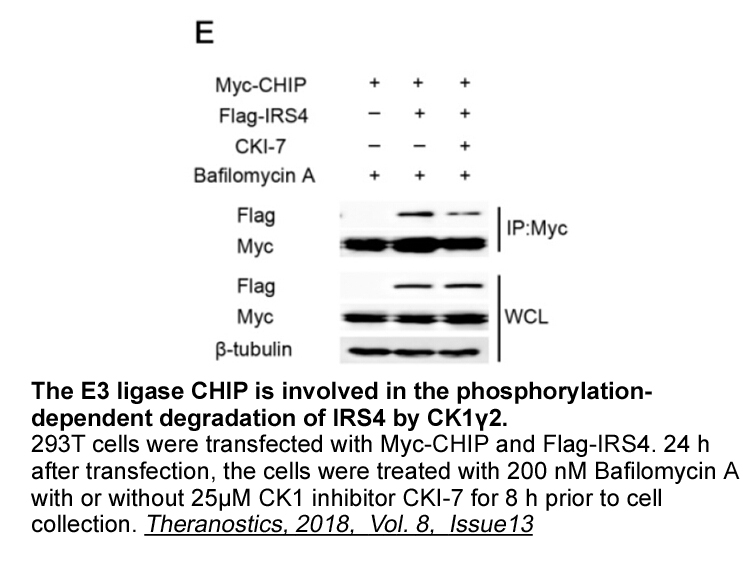
As previously mentioned when hypoxia-treated cells become re-oxygenated they sustain a significant amount of DNA damage which has been attributed to the formation of reactive oxygen species . This finding represents more than just an interesting in vitro phenomenon as within a tumor, cells have been
-
br Theoretical mechanism of ABCA
2024-08-15
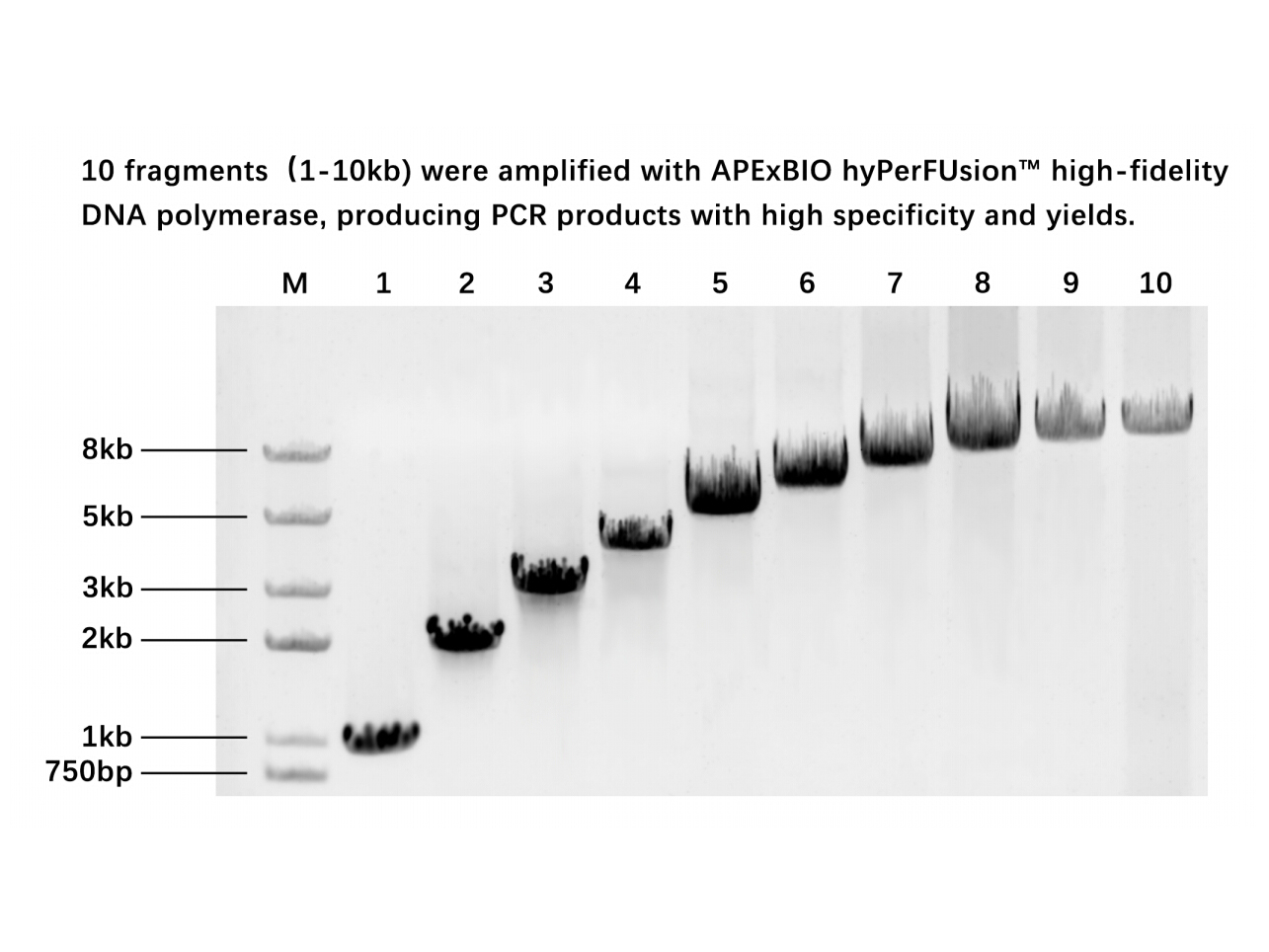
Theoretical mechanism of ABCA2 activity in LE/LY in modulation of cholesterol trafficking It is important to confirm that ABCA2 is a lipid transporter and identify the substrates that are mechanistic in its cholesterol sequestering activity. We hypothesize that ABCA2 modulates cholesterol sequest
-
br Introduction br Rac dependent ROS and actin regulation
2024-08-14
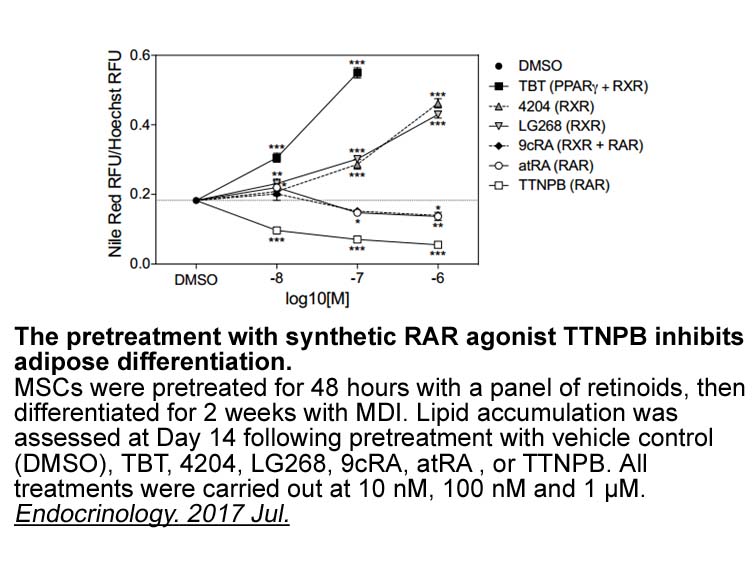
Introduction Rac1-dependent ROS and kisspeptin regulation in neuronal functions NOX-mediated ROS have an important role as physiological messengers. One remarkable example regarding such a function is during axonal formation. In this line, increased p40phox/NOX2 levels and co-localization at g
-
Princen Panier specifically address the issue of ACE
2024-08-14
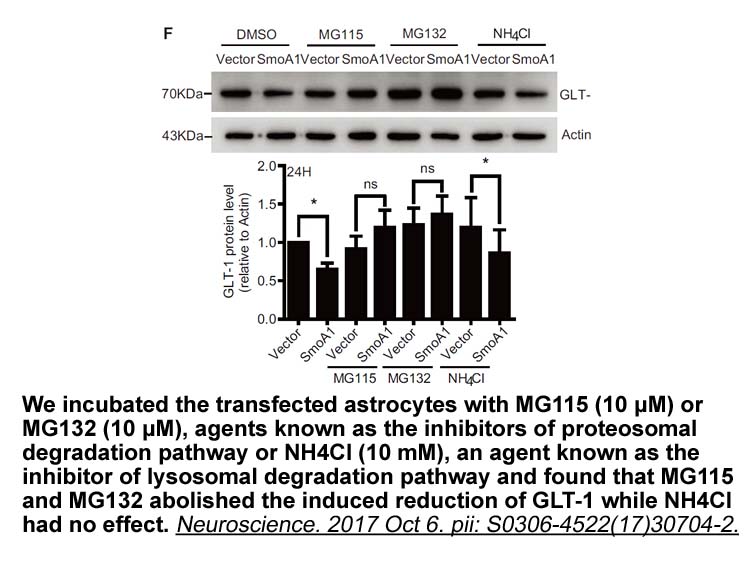
Princen, 2012, Panier, 2013 specifically address the issue of ACE using the commercial database AMADEUS. However, both studies focus only on corporate leverage and the ACE in Belgium. Due to the lack of a counterfactual, these authors consider firms in other European countries, e.g., France, as a co
-
Finasteride has been shown to be a mechanism based inhibitor
2024-08-14
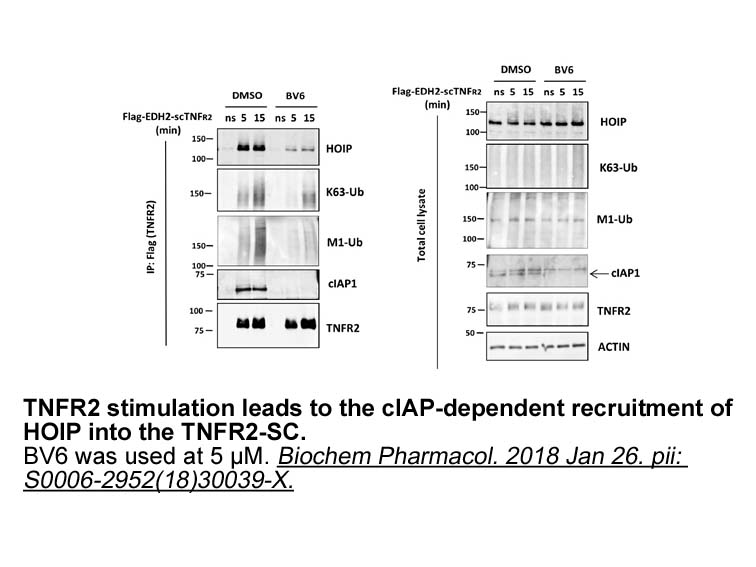
Finasteride has been shown to be a mechanism-based inhibitor of 5AR-2 [9]. Finasteride acts as an alternate substrate for 5AR-2 and is initially bound in an extremely stable enzyme-bound NADP-dihydrofinasteride adduct which is ultimately processed to dihydrofinasteride. The NADP-dihydrofinasteride a
-
On another hand pyrazoles are widely found
2024-08-14

On another hand, pyrazoles, are widely found as the core structure in a large variety of compounds of great biological and pharmaceutical value exhibiting anti-HCV [11], antitumor [12], cytotoxic[13], and antioxidant activities [14]. Finally, 1,2,3-triazoles have attracted the interest of medicinal
-
While the direct effects of ARI lead
2024-08-14
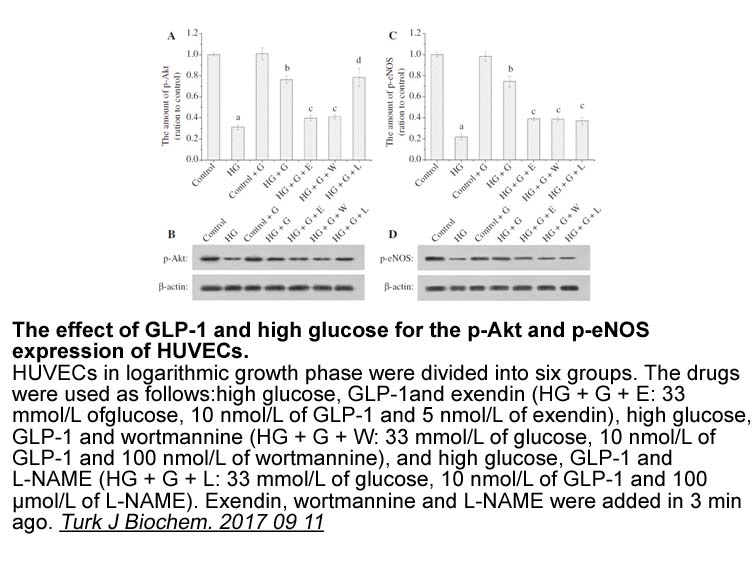
While the direct effects of 5-ARI lead to a dramatic o6 methylguanine methyltransferase in serum DHT levels, other laboratory values are also affected by 5-ARI use. Serum testosterone elevations are known to occur with both finasteride and dutasteride use, but values will typically remain within the
-
Biotin-azide mg To maintain ATP levels postmortem
2024-08-14
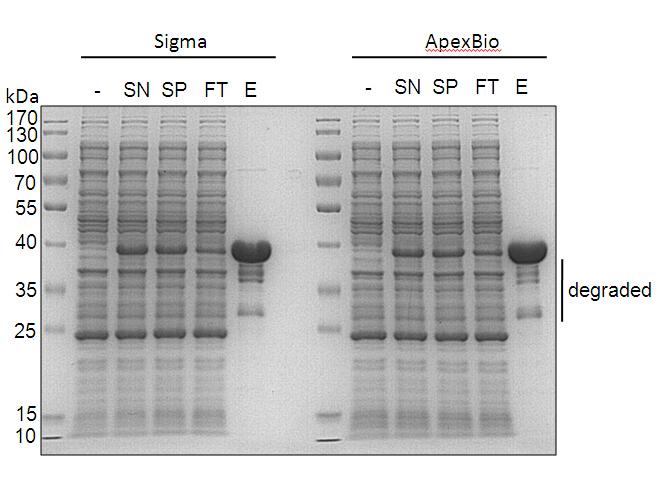
To maintain ATP levels, postmortem muscle mobilizes its glycogen reserves to yield Biotin-azide mg 6-phsphate that proceeds through glycolysis. Glycogen degradation was affected by the interaction between treatment and time (Pinitiation of the experiment. We expected that if myosin ATPase is limit
-
TLX may promote survival and prevent apoptosis
2024-08-14
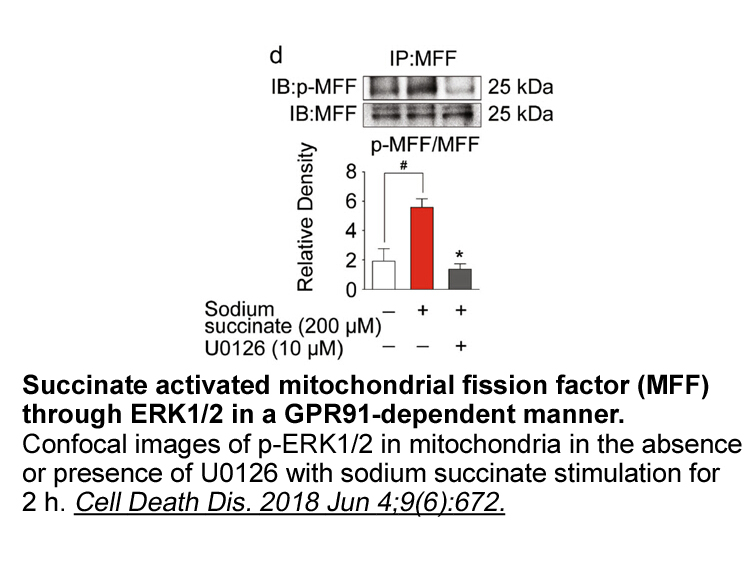
TLX may promote survival and prevent apoptosis in NB Dyngo-4a [12]. Here, we ask whether the survival-promoting effects of TLX are mediated by Apoptosis Signal-regulating Kinase-1 (ASK1, MAP3K5). ASK1 is a member of the Mitogen-Activated Protein (MAP) kinase family and it preferentially activates t
-
Schizandrin A synthesis To clarify the molecular mechanism o
2024-08-14
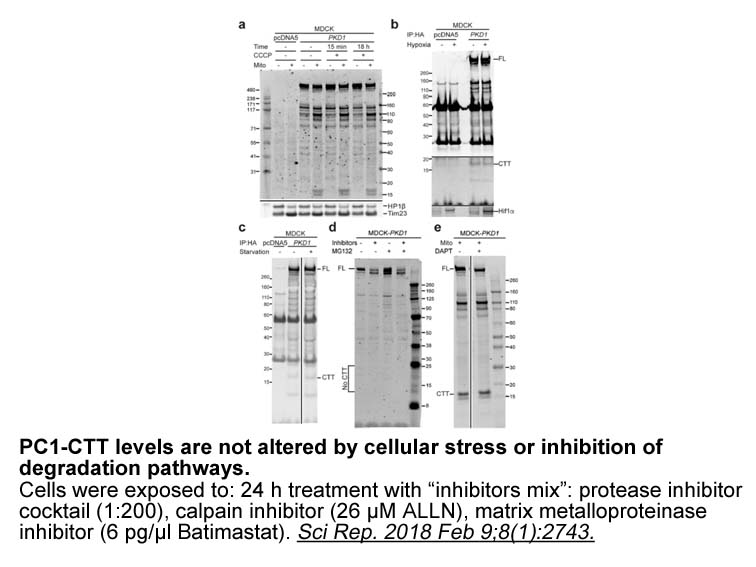
To clarify the molecular mechanism of maduramicin-induced apoptosis in chicken myocardial cells, the mRNA levels of bcl-2, bax, and cytochrome C, as well as the mRNA levels and activities of caspase-3/8/9 were determined. The mRNA expressions and activities of initiator casapase-9 and executioner ca
15646 records 101/1044 page Previous Next First page 上5页 101102103104105 下5页 Last page